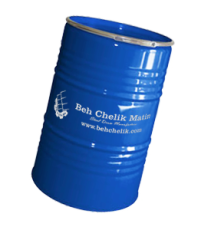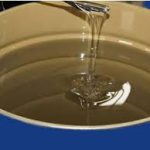Steel Drum lids and flanges
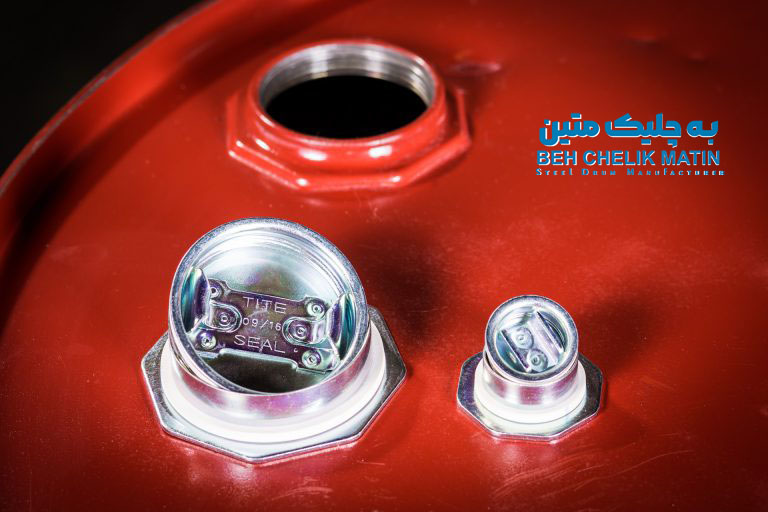
Required standards for steel drum lids and flanges
Required standards for steel drum lids and flanges ensure product safety and quality.
Steel drums are very common in various industries, including chemical, pharmaceutical, food, and agricultural sectors.These durable containers are essential for the safe and efficient transportation and storage of various products.Steel drum lids and flanges play a critical role in ensuring the secure containment of contents.Due to their important role, steel drum lids and flanges must adhere to stringent standards to ensure safety, reliability, and compliance with international regulations.Here we review the key standards governing steel drum lids and flanges.
The importance of standards for steel drum lids and flanges
Standards for steel drum lids and flanges are essential for several reasons:
1. Safety: Properly designed and manufactured lids and flanges prevent leaks and spills, reducing the risk of accidents and environmental contamination.
2. Compatibility: Standardization ensures that drums, lids, and flanges produced by different manufacturers are interchangeable, facilitating global trade and logistics.
3. Compliance: Adhering to recognized standards helps manufacturers and users comply with international regulations, avoiding legal issues and potential fines.
Key standards for steel drum lids and flanges
1.United Nations regulations
The United Nations has developed regulations for packaging used in the transport of hazardous materials. These regulations are outlined in the UN Recommendations on the Transport of Dangerous Goods, known as the Orange Book. Steel drum lids and flanges must meet these requirements to ensure safe transportation:
UN marking: Steel drums must bear appropriate UN markings indicating compliance with the required performance standards.
This includes the type of drum, materials, and maximum gross mass.
Performance testing: Steel drums, including lids and flanges, must undergo rigorous testing such as drop resistance, leakproofness, hydrostatic pressure, and stacking tests.
2.ISO standards
The International Organization for Standardization (ISO) provides a set of standards related to steel drums:
ISO 15750: This standard specifies the dimensions, capacities, and testing requirements for steel drums with a capacity of 208 liters.This standard includes materials, construction, and performance criteria for drums and their closures.
ISO 20848: This set of standards defines the design and testing requirements for open head and tight head steel drums.This includes specifications for lids and flanges to ensure uniformity and reliability.
3.DOT regulations
In the United States, the Department of Transportation (DOT) has regulations for the transportation of hazardous materials, including specifications for steel drums:
49 CFR Part 178: This part of the Code of Federal Regulations details the manufacturing and testing requirements for packagings used in the transport of hazardous materials.
This standard includes design, construction, and performance standards for steel drums, including lids and flanges.
EN 228-1: This standard focuses on the dimensions and performance of steel drums, ensuring compatibility and safety in the European market.
4.EN standards
The European Committee for Standardization (CEN) provides standards for steel drums in the European Union:
EN 209: This standard specifies the requirements for 200-liter steel drums, including the construction and testing of lids and flanges.
EN 228-1: This standard focuses on the dimensions and performance of steel drums, ensuring compatibility and safety in the European market.
Manufacturing Requirements for Steel Drum Lids and Flanges
1.Materials
Steel drum lids and flanges must be made from high-quality materials to withstand the rigors of transport and storage.
Common materials include cold-rolled steel and stainless steel, chosen for their strength, durability, and resistance to corrosion.
2.Construction
The construction of lids and flanges involves precise manufacturing processes to ensure that the lids fit well and provide a secure seal.
Key elements of construction include:
Closing mechanisms:
Various closing mechanisms, such as screw rings, lever locks, or clamps, are used to secure the lid to the drum.
Gasket compatibility:
Lids often feature gaskets made of materials like rubber or silicone to enhance the seal.
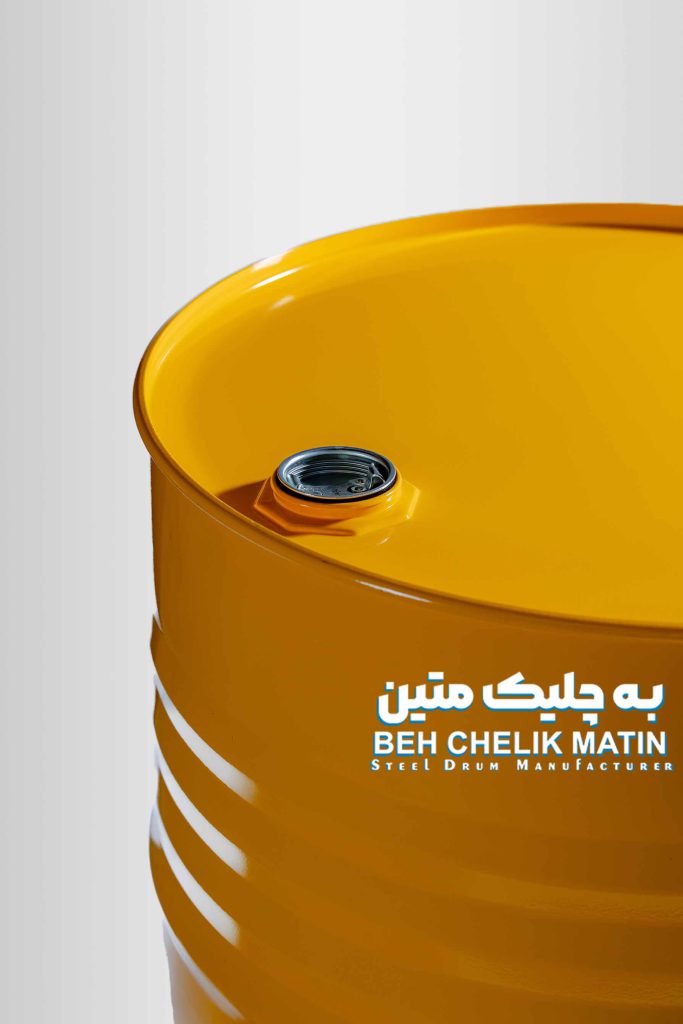

Inspection methods for steel drum lids and flanges
Inspection methods:
1.Visual inspection:
Frequency: Before each use and periodically during maintenance.
Scope: Check for signs of corrosion, deformation, cracks, or any visible damage.
Inspect gaskets for wear and tear to ensure they create a proper seal.
2.Leak testing:
Frequency: Annually or as specified by legal standards.
Method: Conduct leak testing using air or liquid pressure to ensure the drum and its closures are leak-proof.
Any leakage indicates the drum should be taken out of service for repair or disposal.
3. Dimensional inspection:
Frequency: During each inspection cycle.
Method: Measure the dimensions of the flange and lid components to ensure they meet original specifications.
Any deviation may indicate wear or damage requiring corrective action.
Best practices for maintaining steel drum lids and flanges
To maintain the integrity of steel drum lids and flanges, use the following methods:
1.Proper cleaning:
Regularly clean the drum, especially the closure parts, to prevent deposits that may cause corrosion or interfere with sealing surfaces.
2.Lubrication:
Regularly clean the drum, especially the closure parts, to prevent deposits that may cause corrosion or interfere with sealing surfaces.
3.Storage conditions:
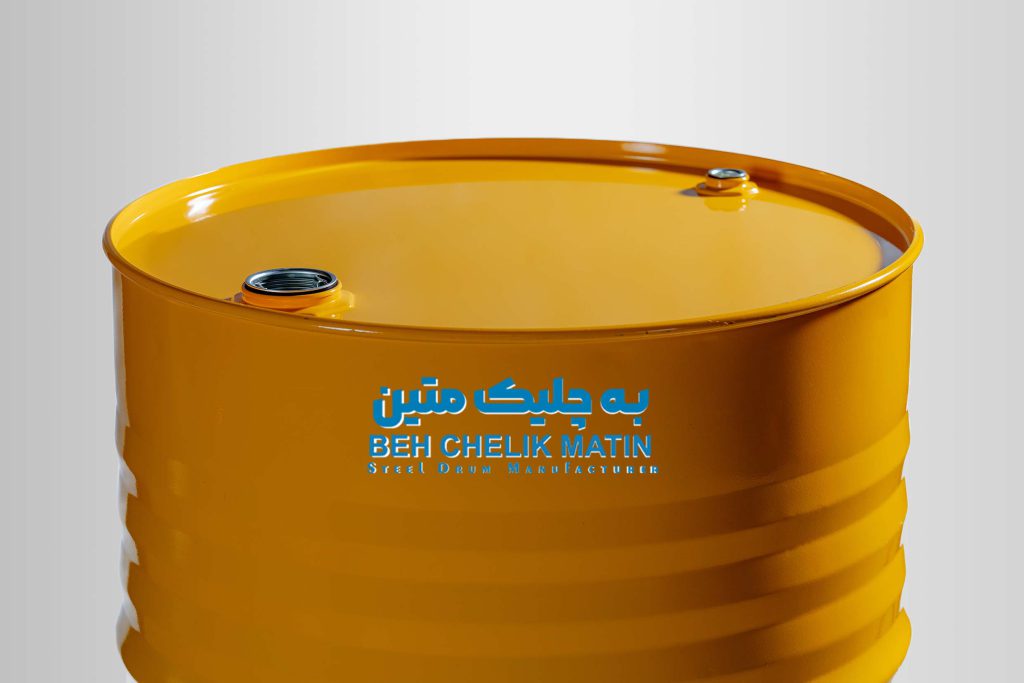
Documentation and record-keeping
Maintaining accurate records of inspections, maintenance activities, and any repairs performed is essential for compliance and tracking.
These records should include the following:
Inspection dates: Document the dates of each inspection and their results.
Maintenance activities: Detail any maintenance performed, including gasket replacements and lubrication.
Repairs and modifications: Record any repairs or modifications made to the drum, including replaced parts and methods used.
Conclusion
Adhering to established standards for steel drum lids and flanges is crucial for ensuring safety, reliability, and regulatory compliance.
By following the stringent requirements set by UN, ISO, DOT, and EN standards, manufacturers can ensure their steel drums are suitable for the safe transport and storage of various products.3. As global trade and industrial processes continue to evolve, the importance of these standards will increase, necessitating adherence to best practices in the production of steel drums.
Products manufactured by Beh Chelik Matin Steel Drum Manufacturing
Get familiar with metal barrel specifications and standards via Beh Chelik Matin company
Order Registration
With more than a 20-year of experience, relying on its technical knowledge and expert staff, Beh Chelik Matin company has been able to manufacture high-quality steel drums to meet the needs of various industries. Compliance with all necessary standards to produce quality products is our main priority to meet all needs of customers. Respected customers can place an order by informing the sales experts about the weight or thickness of the drum sheet and the appearance specifications such as its color, required printing type and inner coating .
Share us.
To get advise on the price of the drum and your desired features of your order from the Beh Chelik Matin collection ,contact the commercial team of the company.
Some industries related to steel drums
Drug drums are a vital component in the pharmaceutical packaging industry. Their robust construction ensures the integrity and safety of contents during storage and transportation. These drums are often covered with a protective coating to prevent any possible reaction between the metal and the drug.
Steel drums with closed doors are very suitable for packaging materials such as glue and resin due to their resistant structure and variety of sizes. These drums, which are made of high quality steel or plastic, can protect resin and glue against chemical and physical factors and prevent changes in the quality of the materials inside them.
Steel drums play a vital role in the food industry. Their sturdy and versatile construction makes them ideal for storing and transporting a variety of food products. However, ensuring the safety and quality of food products stored in these drums requires compliance with strict standards and regulations.
Industrial waste drums play an important role in the management and disposal of waste produced by various industries. Choosing the right type of drum, especially steel drums, ensures that safety, durability and compliance with legal standards are maintained. Here are the standards required for industrial waste drums…
One of the most important topics in lubricants that affects the quality, safety and longevity of the product is packaging. Steel drums are the preferred choice for packaging lubricants due to their strength and protective properties. To ensure optimal performance, a steel drum for lubricant packaging must have certain characteristics.


